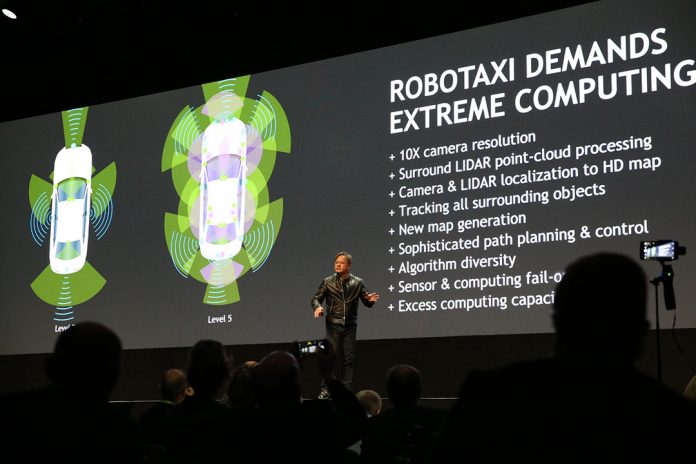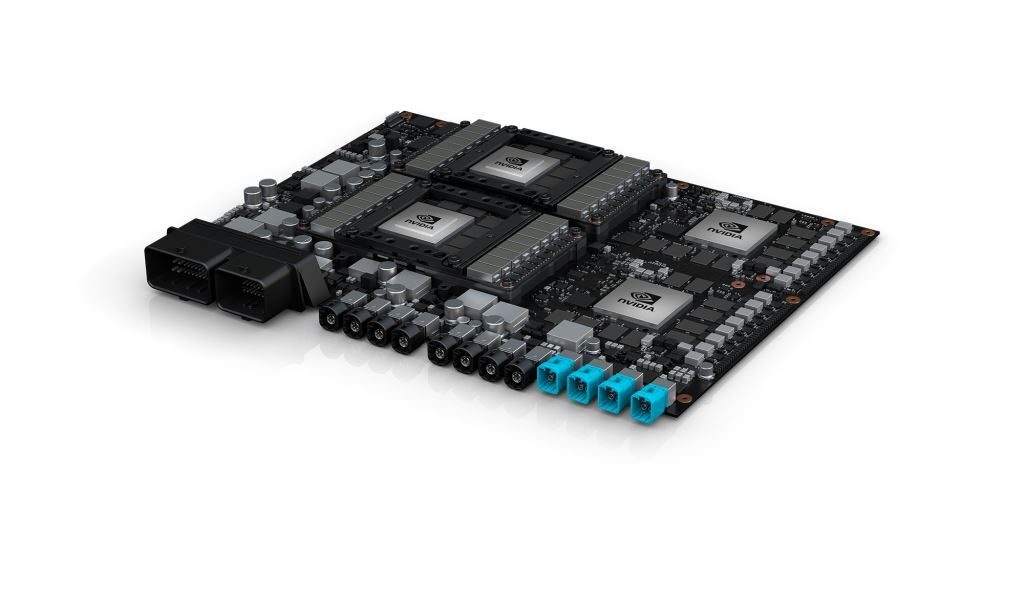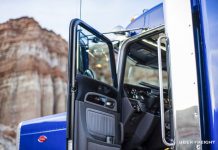
Computing company Nvidia plans to launch a next-generation supercomputer powerful enough to run fully-autonomous level 5 Robotaxi. Nvidia’s new version of its Drive PX computer platform, codenamed Pegasus, dishes out a ground-breaking 320 trillion operations per second. It’s 10 times more than its predecessor and it means the computer can be installed on the kind of cars completely missing steering wheels and pedals.
“In the old world, the more powerful your engine, the smoother your ride will be,” NVIDIA founder and CEO Jensen Huang said in Munich Tuesday. “In the future, the more computational performance you have, the smoother your ride will be.”
This is no small feat. Even semi-autonomous cars you’ll find on the road today demand vast computing resources to take in all the data coming in from the vehicle’s multiple cameras, LiDAR, radar, and ultrasonic sensors. Computing demands of fully-autonomous cars can reach 50 to 100 times more intensity than the most advanced cars currently on the market.
While Pegasus boasts as much processing power as a 100-server data center, it stands to give tomorrow’s autonomous cars a whole lot of trunk space back as it comes at a size roughly equivalent to a license plate. Nvidia plans to market the small and energy-efficient tyck to automakers and tech companies beginning in the second half of 2018.

Fully self-driving cars are rated as a level 5 on the Society of Automotive Engineers’s 0 to 5 ranking scale. Level 0 means your car is dumb as dirt while the elusive level 5 demands complete autonomation under all conditions (not just most). During Tuesday’s announcement, Huang predicted the first level 5 cars we’ll see on the road will likely come in the form of an automated Robotaxi driving designated areas such as university campuses. But as they develop over time, autonomous cars could even take on new forms and functions, turning into rooms on wheels one could work or sleep in.
As groundbreaking as Nvidia’s computer stands to be, it faces no shortage of fierce competition from a crowded field of players in the industry. Just last month, Waymo announced it was partnering with Intel and using their chips to provide the computing power necessary to launch level 4 and 5 cars. Whether Nvidia can beat them to the finish line remains to be seen.










